Small Orange Bugs (With Pictures) – Identification Guide
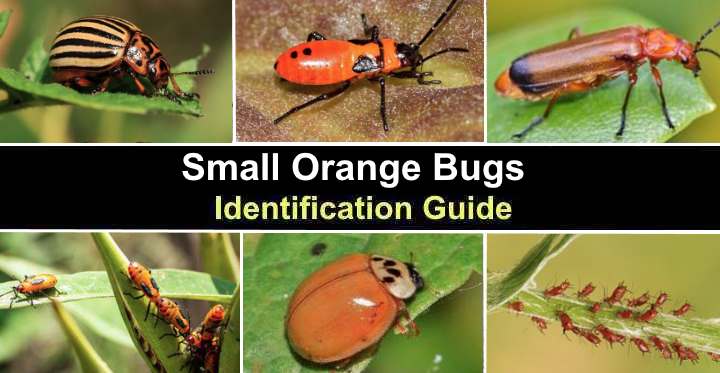
Small orange bugs can be a pesky nuisance in your home or garden. The tiny tangerine-colored pests could be harmless bugs that you can ignore. Or the small, orange-colored bugs in the house, like orange aphids, boxelder bugs, or Asian lady beetles, could infest your plants. They may even give you a painful bite. Identifying the species of small orange bugs you discovered will help you know how to deal with them.
Types of Orange Beetles (With Pictures) – Identification Guide

Orange beetles are unusual insects due to their various orange shades and black markings. It’s not uncommon to find orange-colored beetles in gardens scurrying over foliage or running across the ground. You may also come across beetles with orange bodies in your home. The most common type of orange beetle is probably tangerine-colored ladybugs. However, orange soldier beetles, scarab beetles, and longhorns are all common garden insects.
Native Florida Trees (With Pictures) – Identification Guide
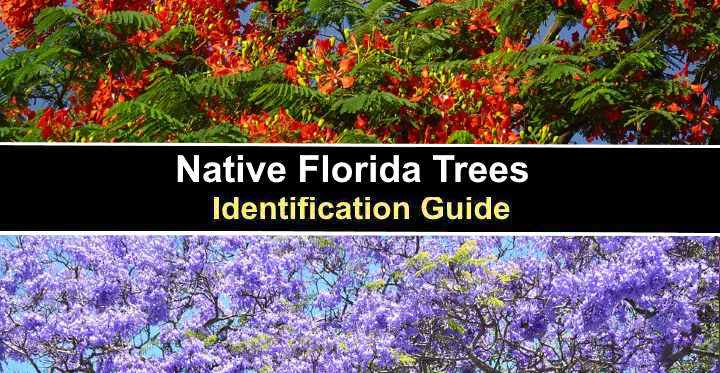
Native Florida trees are hardy trees that thrive in the diverse climate of the Sunshine State. Many species of trees native to Florida include pine trees, oak trees, cypress trees, and a wide range of deciduous trees. Trees that grow well in Florida must tolerate constant sunshine, high humidity, and salty coastal air. In addition, Florida’s climate of mild winters in the south and freezing winter temperatures in the north brings additional challenges.
Types of Manzanita Trees and Shrubs (With Pictures) – Identification Guide

Manzanita trees and shrubs are attractive flowering plants with eye-catching red bark. The small ornamental trees or shrubs bloom with bell-shaped pale pink or white flowers. However, the most attractive feature of the evergreen plants is the distinctive reddish-brown or mahogany bark covering twisted, gnarled branches. Small manzanita trees or compact bushes can grow as tall as 20 ft. (6 m) tall or be ground-hugging decorative shrubs.
32 Black Beetles: Identification Guide With Pictures
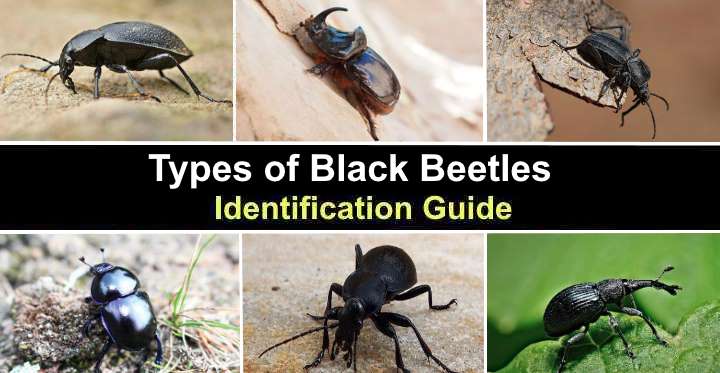
Black beetles are a common type of insect that are found in our homes and backyards. Some species of black beetle are completely harmless and can even help keep bugs out of your home. Although not all black beetles are regarded as pests, their larvae can be destructive. For example, black beetle larvae such as the carpet beetle can do a lot of damage to upholstery in your home.
Types of Ground Beetles (With Pictures) – Identification Guide
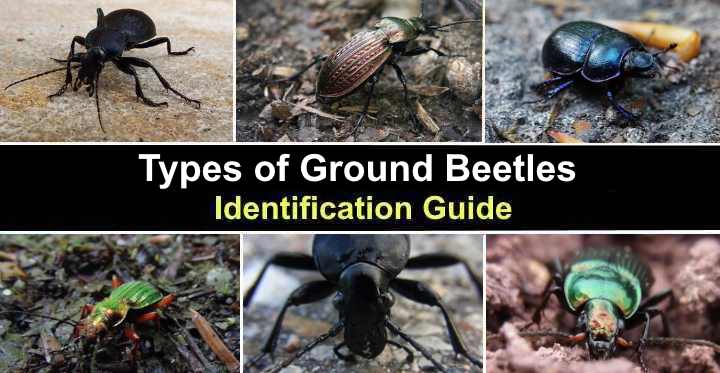
Ground beetles are small insects with relatively long legs and powerful pinchers. Many species of ground beetles are beneficial insects because they feed on common crop and plant pests. However, ground beetles can also become a nuisance in homes during summer and early fall. They enter homes through cracks in doors, foundations, and windows. Although not dangerous, some varieties of ground beetles can bite with their powerful jaws (mandibles).
Types of Desert Grass For Your Landscape (With Pictures) – Identification Guide

Ornamental grasses have a crucial role in a desert landscape. Planting decorative desert grasses in a hot, arid environment doesn’t just improve the aesthetics of your front or back yard. Desert grasses also help to support ecosystems in harsh environments. What’s more, planting decorative, drought-tolerant grasses for desert terrains is surprisingly straightforward because they are easy to grow and maintain.
Types of Texas Spiders (With Pictures) – Identification Guide
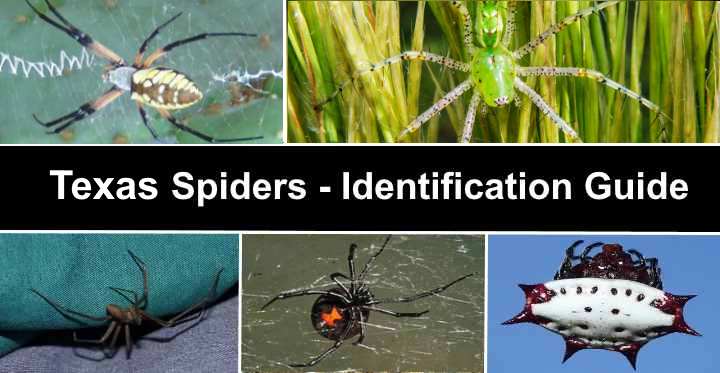
Texas is home to many kinds of spiders — some people reckon over 100 arachnoid species. From Amarillo in the panhandle to Corpus Christi and east to Dallas and Houston, you will find many types of brown spiders, the common Texas wolf spider, and several species of black and white spiders. Although there are a few varieties of venomous spiders in Texas, most spiders are relatively harmless.
Chinch Bugs: Damage, Identification and Treatment (With Pictures)

Chinch bugs are common destructive yard pests that damage lawns. Chinch bug damage can appear as dead patches of turfgrass as if it’s suffered from sun scorch. However, the real culprit can be tiny brown or black bugs with a large white spot on their wing covers. These lawn pests in the turfgrass thatch feed on grass, thriving in hot, dry environments.
Types of Yellow Beetles (With Pictures) – Identification Guide

Yellow beetles generally have brightly colored yellow or golden yellow bodies making them stand out in a landscape. Some varieties of yellow beetles have black stripes or patches, giving them an incredibly striking appearance. The most common kind of yellow beetle is the striped cucumber beetle (Acalymma vittatum). Other common beetles with yellow bodies include yellow ladybugs, the velvet beetle, and the black and yellow longhorn beetle.
